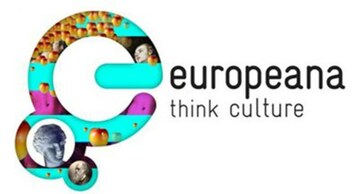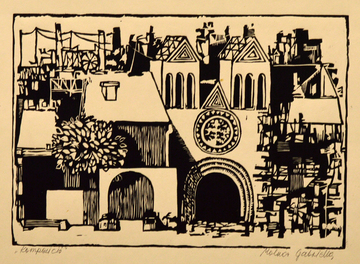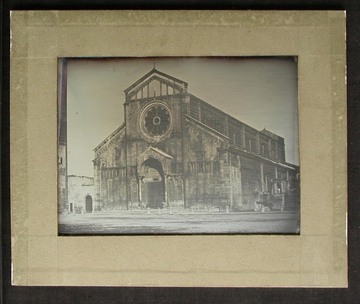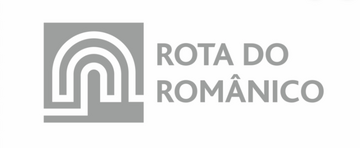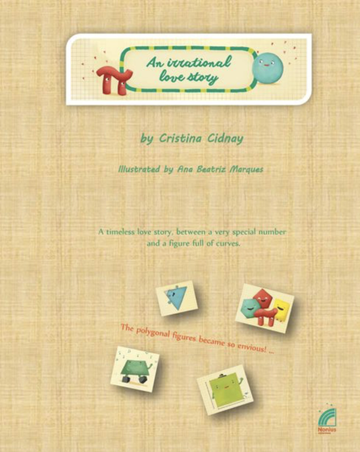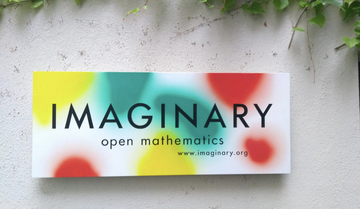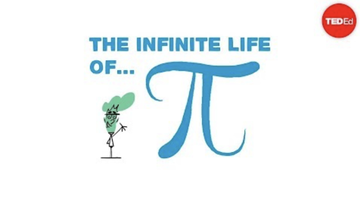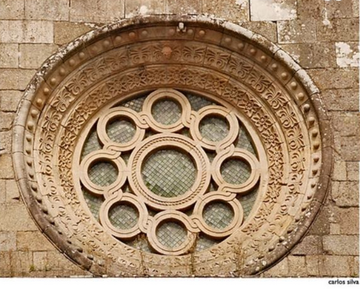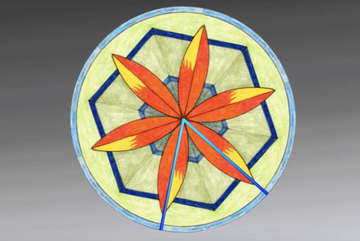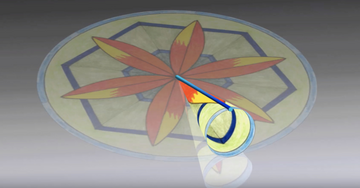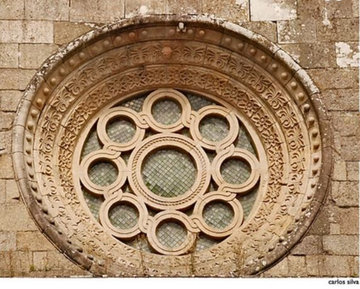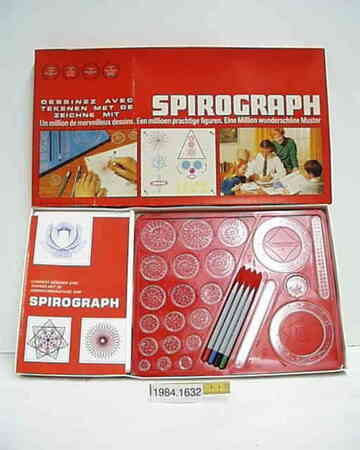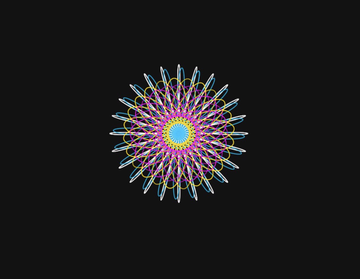Math challenge - The rosette
Here's a good mathematical challenge:
The radius of the base of the cone, that stamps the rosette, corresponds to which part of the radius of the circle that constitutes the rosette?
First you have to know the formula to calculate the area of the lateral surface of the cone.
And then find the solution to our challenge.
Are you ready for a fun game? Let’s start!
